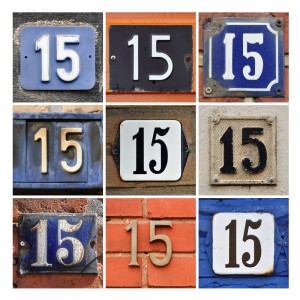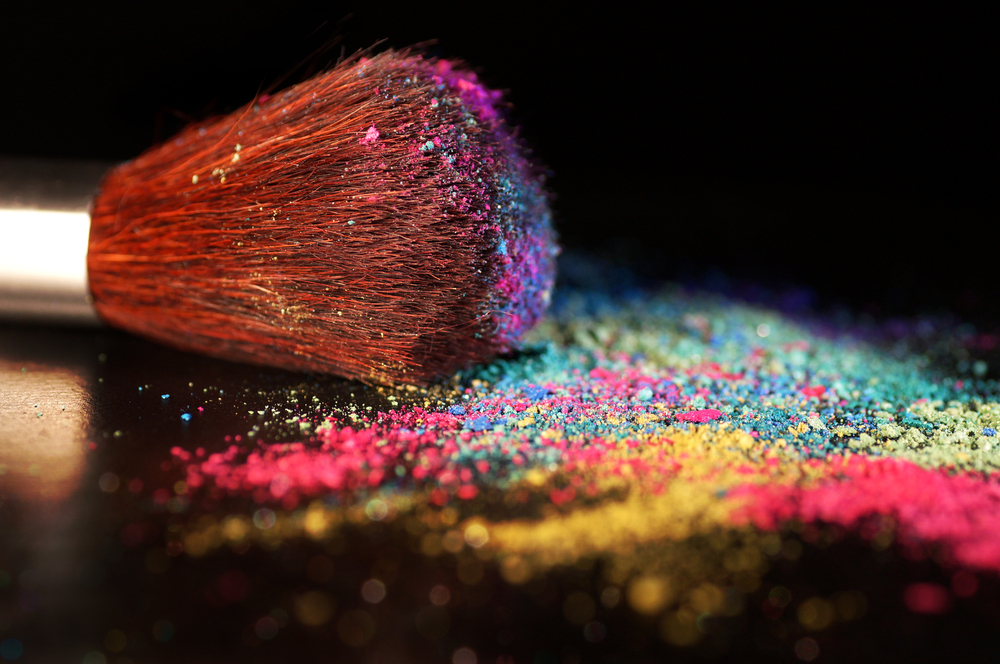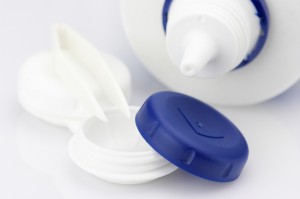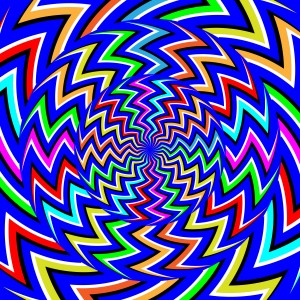10/16/14
The Doctor Patient Relationship
Doctors are human. Professional decorum may not let them speak their minds and for that reason, I have gathered comments heard from eye doctors with whom I have been privileged to associate as a so-called “expert patient”. These may not speak for all, but I do think they represent the majority. Here are 15 of the most important, which we might benefit from hearing.
1. Your eyes are growing older, and I can’t turn back the years in an aging retina. I can, however, help you try to maintain your current vision for as long as possible.
2. Your appreciation means a lot. Don’t hesitate to compliment me if I have earned it.
3. I have quite a few patients who need my help and don’t want to be kept waiting. So I don’t have to keep repeating myself, please take notes, or bring someone with you who can refresh your memory later.
4. It is important that you comply with my instructions and show up for appointments if you want the best results.
5. My specialty is eye care. I will, however, try to provide you with resources for other ailments you may have.
6. Please be concise with your questions and stay on topic, so I’ll have time to treat other deserving patients.
7. Don’t believe everything you see in the media unless the source is reliable. If the information isn’t based on good evidence, my response to you may be disappointingly negative.
8. My services may seem expensive, but I have so many expenses and debts resulting from my profession that my bottom line may not be much different than yours.
9. An ethical physician will not choose a particular drug or treatment by how much of a profit he can make prescribing it.
10. I might not agree with everything you say, but rest assured that I will never let it affect the level of care I will provide.
11. Don’t expect me to keep all eye research in my head. I do know where to look it up, so allow me some time to get back to you on some questions.
12. Conferences I attend are sometimes in exotic places, but most of the time is spent going from one event to another, so it is really not a vacation.
13. Even if there is no current effective treatment for your eye disease, I still need to see you regularly to monitor your condition. Regular check-ups are important to your health and preventative care and treatment options are changing all the time.
14. I may not remember you personally, especially in the beginning or if I see you only see you once or twice a year, but your records contain everything I need to know to care for your vision.
15. I may not agree with your decision to try an alternative treatment, but I respect your right to do so. All I ask is that you seriously consider my opinion, and if you decide to go ahead with the treatment on your own, please keep me in the loop so I can monitor your condition.
We should try to understand that doctors are human beings who truly care about our welfare. Doing so could turn a top-down doctor-patient relationship into one of mutual respect and understanding. We might even get a few extra minutes of precious time in the chair, just because we’re a pleasure to have around.



















